Toyota Tops in J.D. Power Seat Quality Study

Toyota has improved its ranking in the annual J.D. Power seat quality study, and ranks first among automakers for the most cars with seats on the list.
The Japanese automaker has six of the 21 vehicles recognized for superior seating in this year’s J.D. Power seat quality study, two more than last year. The Toyota 4Runner, Tacoma, Tundra and Sequoia were all on the list along with the company’s Lexus RX and Scion iQ, which was recognized for excellent seating in the compact car segment.
SEE ALSO: 2014 Toyota Tundra Review – Video
The study, which evaluates seating for automakers and their suppliers, ranks the three vehicles with the lowest number of problems per 100 vehicles in each segment. J.D. Power gathered its data by asking new vehicle owners to rate the quality of their vehicle seats and seat belts during the first 90 days of ownership and received responses from over 86,000 purchases and lessees of new 2014 model year cars and light trucks.
Other vehicles earning praise in the study include the Range Rover Evoque, Porsche Cayenne, Ford F-250/F-350 Super Duty, Ford C-Max and Porsche Panamera. In fact, the C-Max had the lowest number of problems out of any car in the study with an average of 1.6 problems per 100 vehicles. Ranking highest in the midsize/large SUV segment was the Honda Pilot while the midsize/large car segment went to the Buick Regal.
Hyundai’s Seat Division was ranked highest in the compact car segment with the South Korean-made Elantra. The U.S. variant finished second with its seats made by Lear. Overall, the 2014 industry average for seat-related problems is 9.1 problems per 100 vehicles, an improvement of 0.4 from last year.
In addition, the study revealed that shoppers want three-row seating in their SUVs, but prefer it without sacrificing quality and cargo space.
“There is demand on third-row seats and automakers are trying to meet that demand,” said Mike VanNieuwkuyk, executive director of global automotive at J.D. Power. “The challenge is to provide a functional third-row seat that meets customer needs and expectations without compromising quality, comfort and space. It’s easier to do that in a larger vehicle, but automakers and seat suppliers need to find a way to also meet consumer expectations in the growth area, which is smaller SUVs and MPVs.”
GALLERY: 2014 Toyota Tundra
Discuss this story at our Toyota forum

Jason Siu began his career in automotive journalism in 2003 with Modified Magazine, a property previously held by VerticalScope. As the West Coast Editor, he played a pivotal role while also extending his expertise to Modified Luxury & Exotics and Modified Mustangs. Beyond his editorial work, Jason authored two notable Cartech books. His tenure at AutoGuide.com saw him immersed in the daily news cycle, yet his passion for hands-on evaluation led him to focus on testing and product reviews, offering well-rounded recommendations to AutoGuide readers. Currently, as the Content Director for VerticalScope, Jason spearheads the content strategy for an array of online publications, a role that has him at the helm of ensuring quality and consistency across the board.
More by Jason Siu



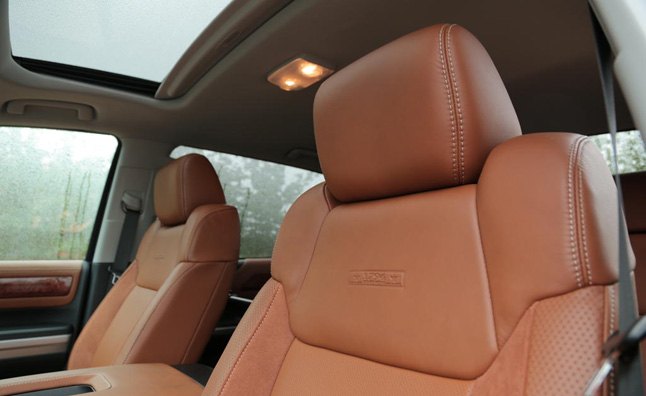













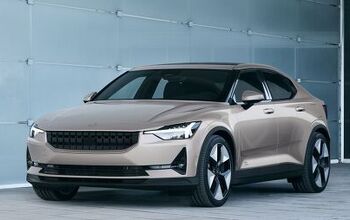

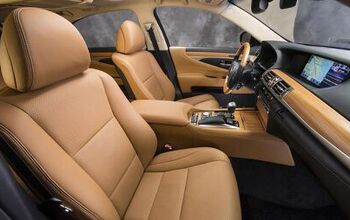



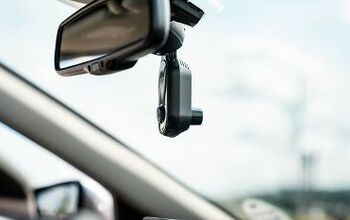

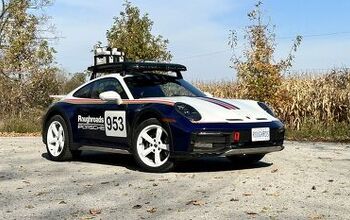
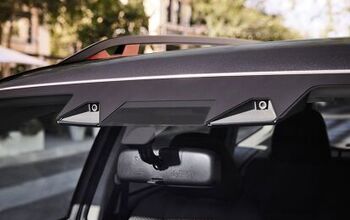


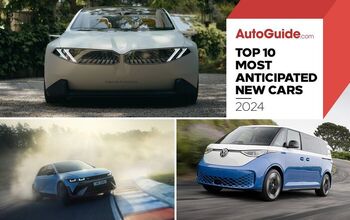


Comments
Join the conversation
I have a severe back problem and can only drive in a few vehicles without discomfort. My 2002 Elantra, 2006 Jeep Commander and 1995 Corvette. Lucky for me the cars I drive frequently have been comfortable for my lower back on long trips. The best reviewer for seat comfort is the person that have bad discs.